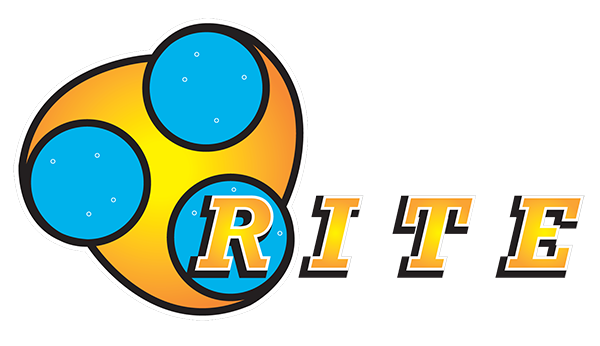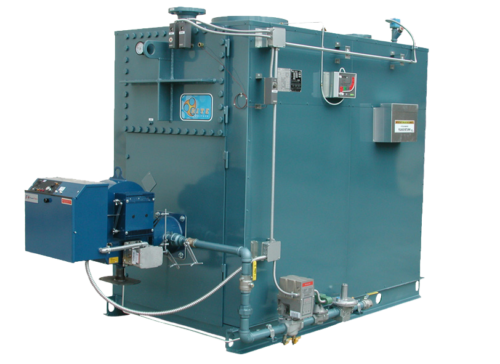So simple to maintain and operate, Rite Boilers feature complete waterside access so that virtually all scale and mud deposits can be seen and mechanically cleaned during a single scheduled maintenance shutdown. The result – Better fuel efficiency and lower operating cost over the life of your boiler investment. Consider a few of our other standard features:
- Floating heads that eliminate tube "weep" and cracks caused by thermal stress cycling (backed by Rite’s 25 year Thermal Shock Warranty)
- Top supply and return water connections
- Rugged pressure vessel with minimal pressure drop and no flow rate restrictions - and you have a better boiler by design.
Rite Boilers Catalog (PDF)
Hot Water Power Burner Boiler Brochure (PDF)
Hot Water Power Burner Brochure - Spanish (PDF)
Hot Water Power Burner Boiler Brochure - Oil (PDF)
Conventional Indoor Power Burner Fired Hot Water Boiler Specification Sheet (WORD)
Typical Flue Product Emissions (PDF)
Typical NOx Emissions When Firing Oil (PDF)
Rite Low NOx SCAQMD Precertified Boilers (PDF)
Water Source Heat Pumps (PDF)
Rite Power Burner Fired Low Pressure Water Boilers must be specified when Low NOx emissions are required or fuels other than natural gas or propane will be used. While Power Burners are more expensive and use more electrical power than atmospherics, they do have one advantage: by controlling the amount of air they use for combustion, Power Burners achieve higher combustion efficiencies than atmospherics – especially at less than full fire rate.
Both use Power Burners to combust the fuel, but the similarities end there. Forced draft boilers require larger fan motors to "push" the products of combustion out a sealed combustion chamber and into a positive pressure stack. Should a leak develop in the combustion chamber or stack of a forced draft boiler - potentially toxic flue gasses could escape into the boiler room.
Rite Power Burner Fired Boilers use smaller fan motors to combust the fuel only. All Rite Boilers are designed to operate with negative pressure combustion chambers and stacks, which means flue gasses are safely under negative draft conditions from the time the fuel is burned until they exit the stack.


